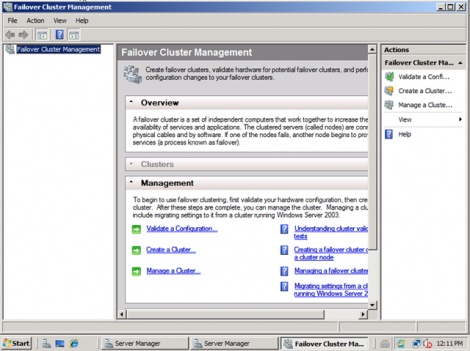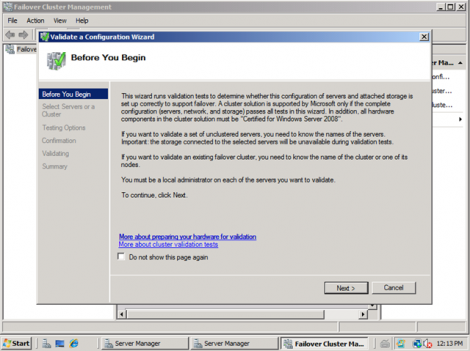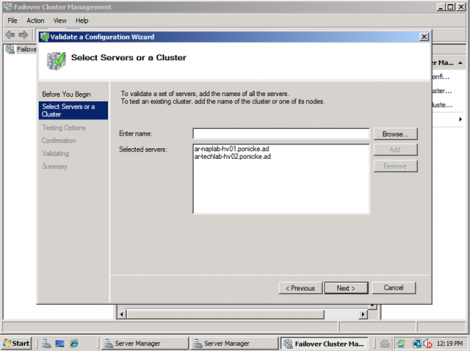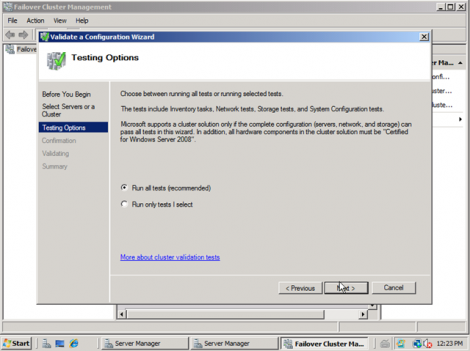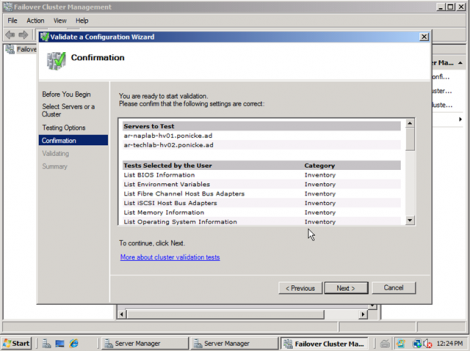Dell AppAssure was the winner of the 2012 Virtualization Review VMworld Best of Breed Awards as the Best Backup and Data Protection Product, which got me thinking what is so special about it. Further, if AppAssure did not have anything special about them Dell would not have enough to reason to happily acquire them back in February. After all those news about AppAssure and my personal interest in storage/backup & recovery arenas I have decided to try it out.
After trying it out for a bit in my lab & reading more about it, I have found the below three features about Dell AppAssure to be the most exciting ones :
1- Backup from any where & restore to any where or as I would like to call it Universal Backup. It was really interesting to know that Dell AppAssure can take virtual machines(VMware, Hyper-V, Citrix) & Physical machine backup and restore it to any desired target. For example you can backup a VM on Hyper-V then restore it to a VMware environment or backup a physical machine the restore it to a VM on any desire hypervisor or to a different physical machine even if it has a different hardware.… Read More
